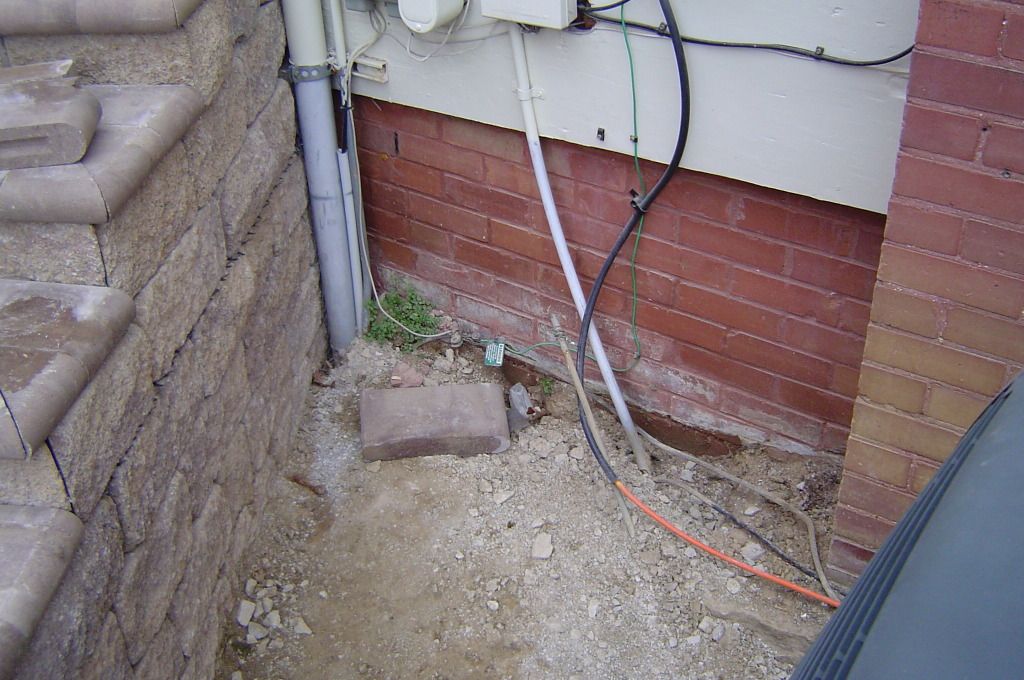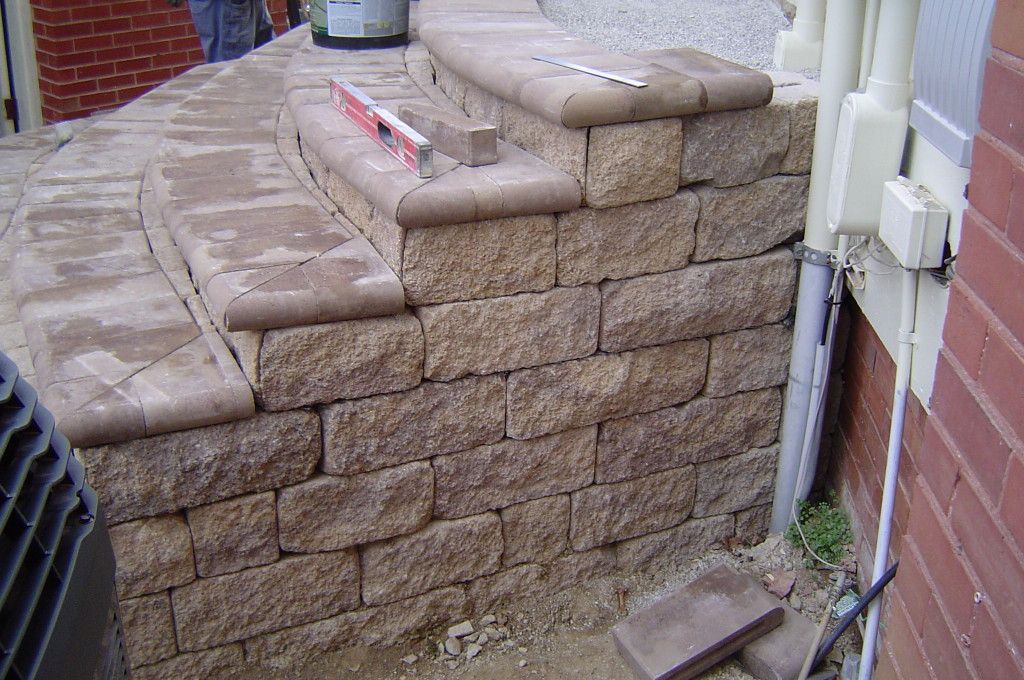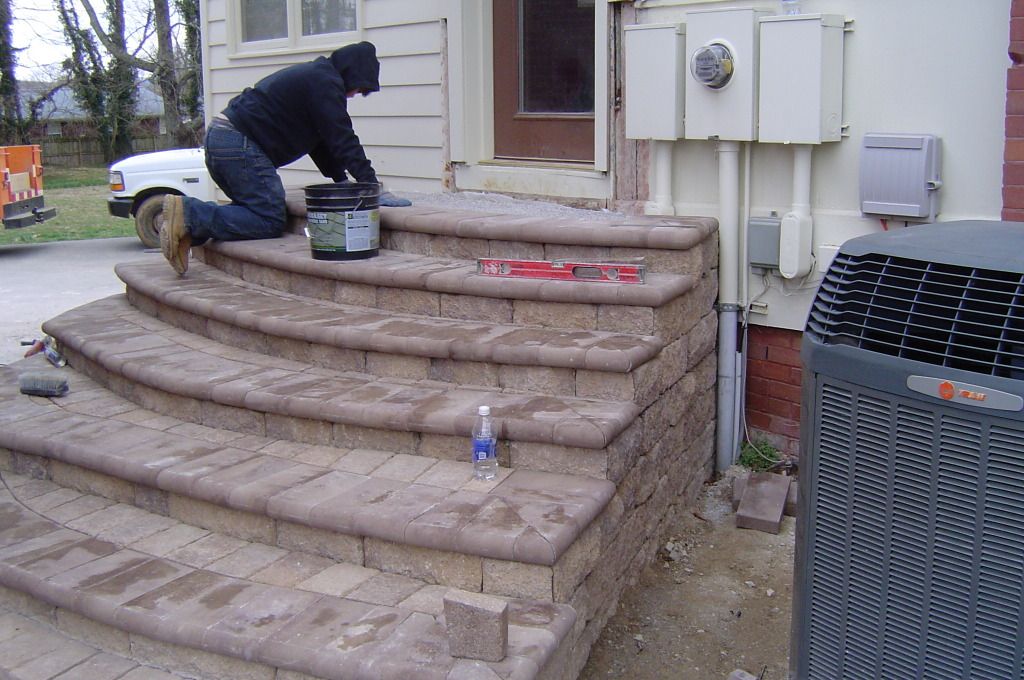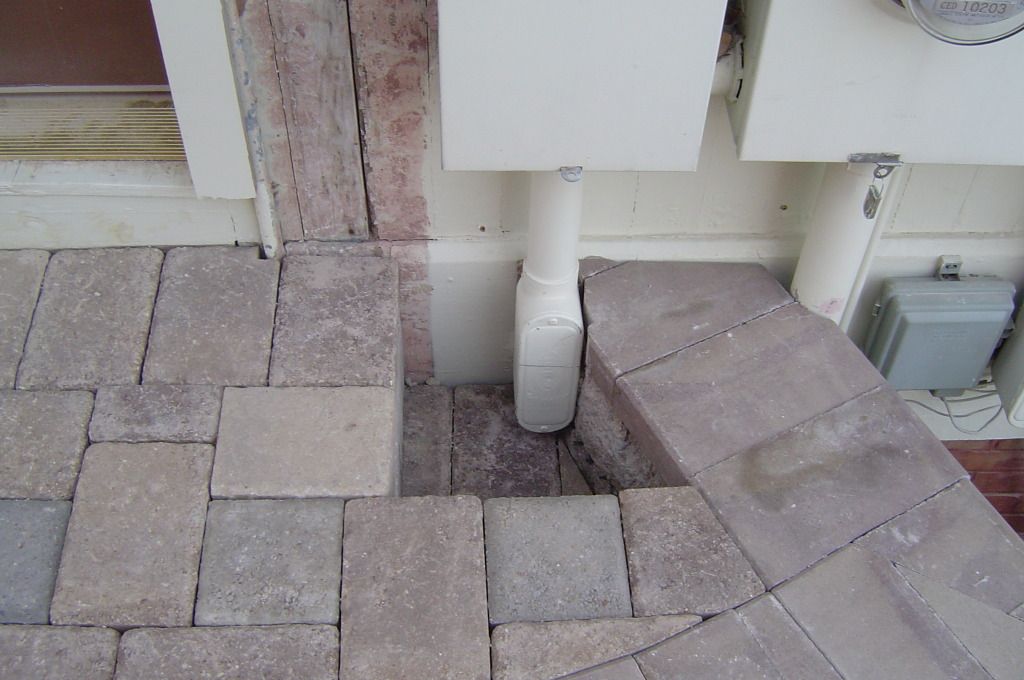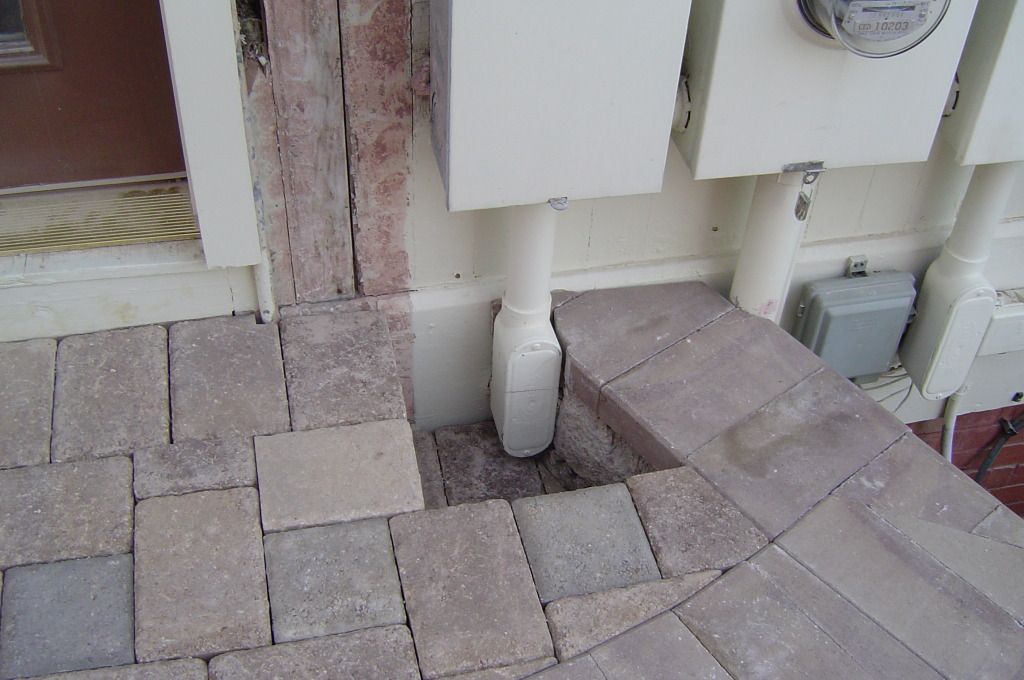If you tap the 200a Feeder with anything less than 200a rated wire or 200a rated subpanel then yes, your
correct you would have to install an overcurrent device to protect the tap conductor and follow the rules for
percentages of the ampacity of the coductor and the length of the tap.
correct you would have to install an overcurrent device to protect the tap conductor and follow the rules for
percentages of the ampacity of the coductor and the length of the tap.


